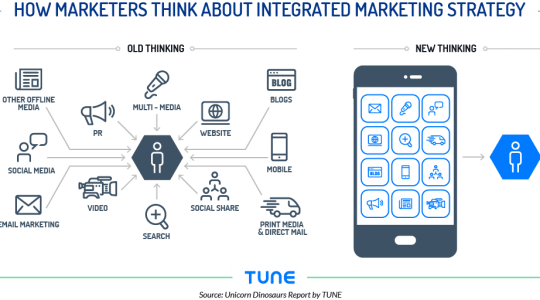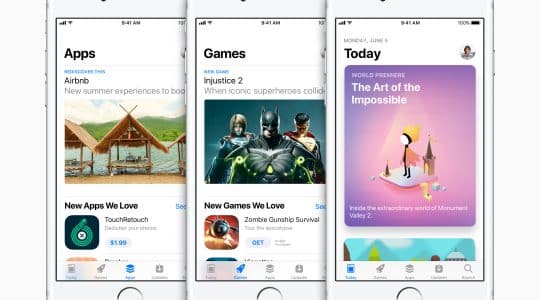It seems like everyone and their grandmother has an idea for an app these days. While a good idea certainly is a great start, it is crucial to take into account the context surrounding the user when interacting with the app. Yesterday at MobileBeat in San Francisco, Rich Riley (CEO of Shazam), Dane Glasgow (VP Mobile and Local, eBay) and Brent Hieggelke (CMO of Urban Airship) discussed how each of their companies approach the notion of context and offered advice for other app developers entering the mobile marketplace.
Shazam is a prime example of an app that has leveraged the context of a user’s situation to not only solve a problem, but deliver a great experience as well. In fact, Shazam is one of the top 10 most popular apps in the app store, and this success with music has inspired Shazam to now enable users to identify TV shows and advertisements. Rich Riley explains that Shazam has partnered with advertisers to essentially make TV campaigns clickable, and turn a 30 second commerical into several minutes of engagement. As approximately 85% of TV users are also using a second (or even third) device, the awareness of this context has proven their new campaign successful, as it is an easy way to connect a smart device to the TV.
At eBay, the company is constantly thinking about how to build experiences exclusively for mobile while also taking into consideration the context of the user – especially in relation to their location. In light of this, eBay is looking at a delivery feature that will utilize local couriers to deliver items purchased via eBay to customers within one hour. Dane Glasgow notes that eBay is focused on optimizing for great delivery and a speedy experience all while thinking about the user first.
Dane explains that when you think about building a great product, you really have to think about the context of users. “You have to think really hard about the user’s experience; including their device, location, and time. Customers can be coming for a variety of different reasons.” Brent added that “context is understanding who the customer is, what they’re doing and what they’ve done.” For Urban Airship, which helps build push notifications, it is necessary to think about why a user would want to receive push notifications (which often they don’t). As Brent said, “the way you get users to say yes to push notifications is by demonstrating that they have value” and understanding the context of the user is key in demonstrating that value.
For an app to deliver a great user experience, the panelists all agree that understanding the context of users is key. While your app may be solving a problem, context and available technology will enable the solution.
Author
Becky is the Senior Content Marketing Manager at TUNE. Before TUNE, she handled content strategy and marketing communications at several tech startups in the Bay Area. Becky received her bachelor's degree in English from Wake Forest University. After a decade in San Francisco and Seattle, she has returned home to Charleston, SC, where you can find her strolling through Hampton Park with her pup and enjoying the simple things in life.




Leave a Reply
You must be logged in to post a comment.